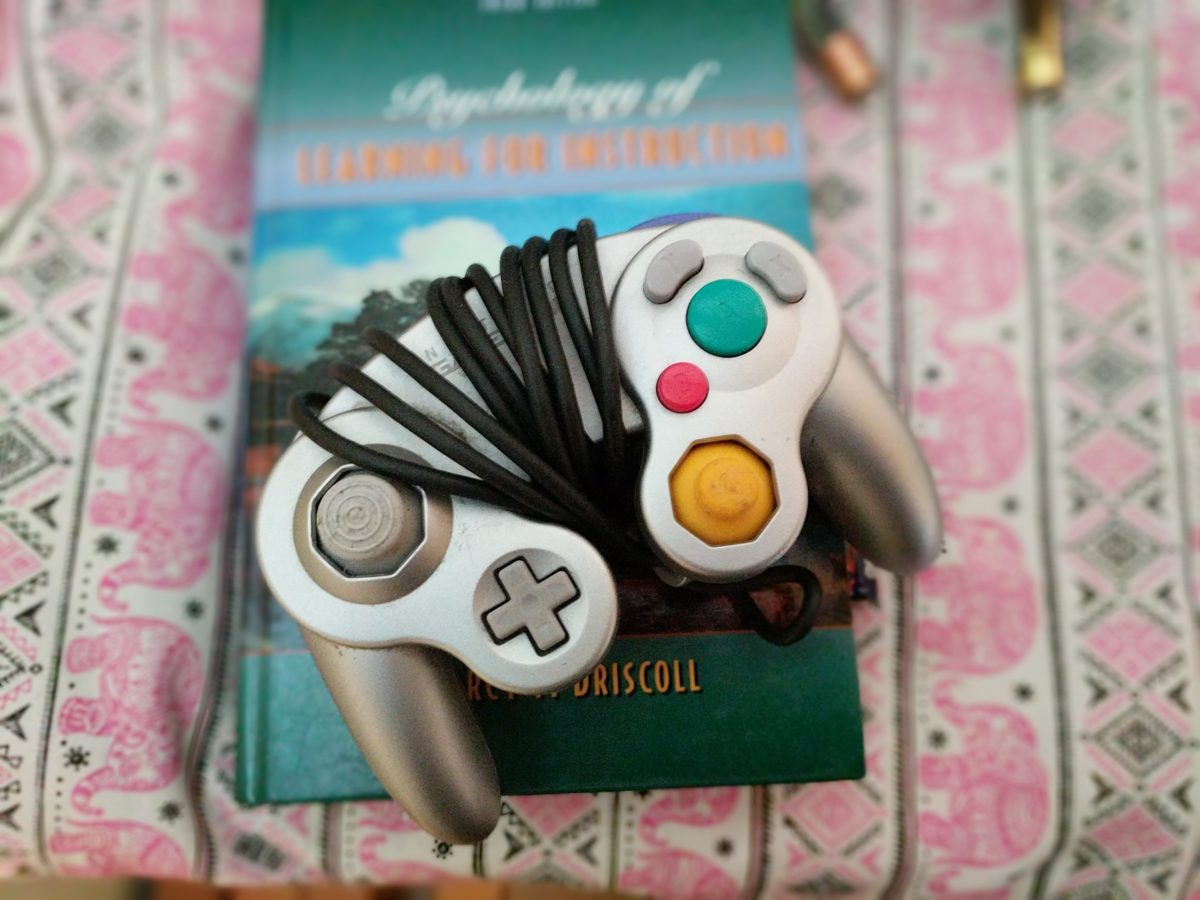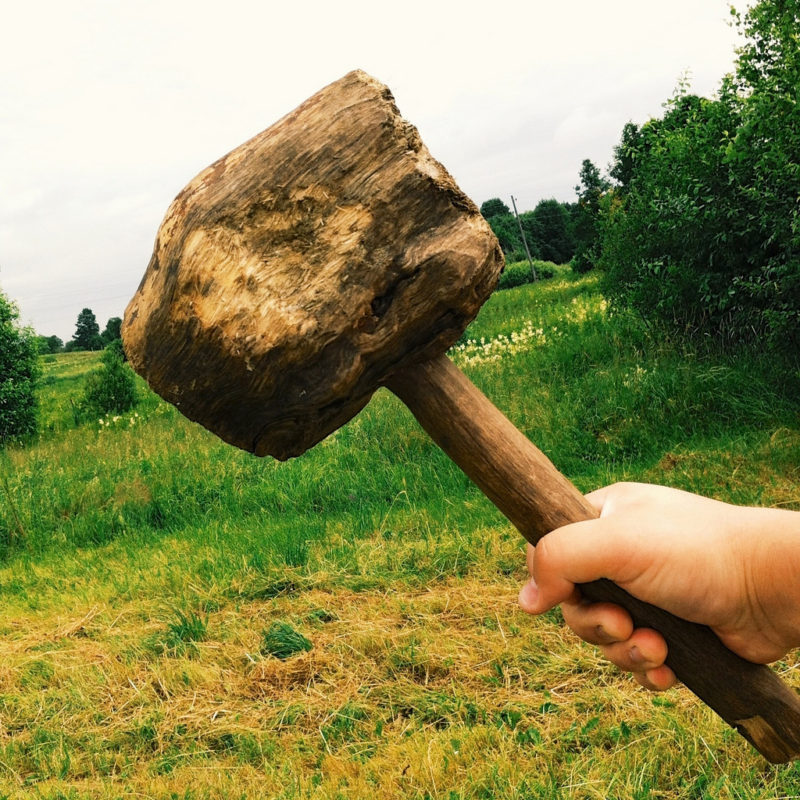I have dabbled in gamification of learning experiences. I definitely think there is promise in using game elements to make learning more engaging in some places. I also think most of us are not there yet.
Like many other facets of life there’s that balance to find between intrinsic and extrinsic motivation. A lot of work to gamify things seems to be focusing too much on the extrinsic. And like all those other facets of life, the intrinsic is much harder to achieve.
I’d wager that the first level of Super Mario Bros is one of the most shared experiences for anyone who has experienced some video gaming, so it is a good place to relate game experiences. What was memorable and engaging about it? And what about it could possibly be embedded in to a learning environment? And what was intrinsic vs. extrinsic?
I clearly remember the look, the music, the sounds, how to move and jump. I remember the information provided at the top: the timer, the points, the level. The sounds of collecting coins, getting a mushroom, a 1Up were constant. The sound of dying…too many times. I remember fireworks at the end.
The extrinsic stuff is easier to point out. Hit a brick and hear that coin sound. Smoosh that Goomba and get some points. Time your jump to the flag correctly and get some fireworks. Should we make a fun sound go bleepidy-bloop in our courses whenever a paragraph is read? Should we make music play in the background of our LMS as students navigate it? If we decide to go that route, I nominate this music:
What was intrinsic about Super Mario Bros? I wasn’t trying a million times just to hear some sounds and see some digital sparks. It was knowing that I, myself, needed to learn to press buttons in a certain way/order to jump over, smoosh, and find the correct path to the end. And then do it again and again from level to level in different increasingly complex ways. It was knowing that my skills were improving in anticipating what I am running towards and performing the right actions to get through it. I hardly spared a thought about the princess I was meant to be saving. She was always in another castle anyway. That was no motivation. The true stuff was intrinsic.
It seems a lot of gamification in learning experiences is trying to recreate those fireworks at the end of a level. That’s not enough. Maybe great games are so engaging because they are much like great learning experiences in that you are lightly guided to achieve things on your own. Maybe video game designers figured stuff out from our end of things first. Maybe they do some of our stuff better than us. They probably have a bigger budget so let’s not feel too bad.
Game designers know much better than us how to make learning a progression for one thing. Level one is always a tutorial without you knowing you are being tutored. I am currently completely enthralled with playing the newest Zelda game, which, half way through is still supporting my progression of learning. It’s still popping up subtle suggestions as to what might help me here, that I can ignore or not.
It certainly has some fun extrinsic things like a wonderful musical score and just straight up beautiful landscapes. But what has me in its grips, other than the story, is that I am learning to be prepared for whatever comes at me next. I am learning that I can build my repertoire of abilities and that certain tools have certain uses and that I should find them and learn how to use them. I’m learning to go back and get myself more prepared to try again when I fail. These are ideas I could use more in my real life as you can see in my last post.
So if it seems to me that what game designers have done best is also stuff that we have already been doing, what can we take from them to gamify our courses? Maybe let’s first just recognize that foremost is designing a learning progression with all the supports that we can. Let’s call that gamification. Then, when you’re ready to go deeper than adding a couple extrinsic rewards to your courses, my friend Keegan can help you with his GOBLINs.
photo: There, I gamified the text. “gamingthetextbook” flickr photo by greenetrry https://flickr.com/photos/146322656@N03/45618159701 shared under a Creative Commons (BY) license









